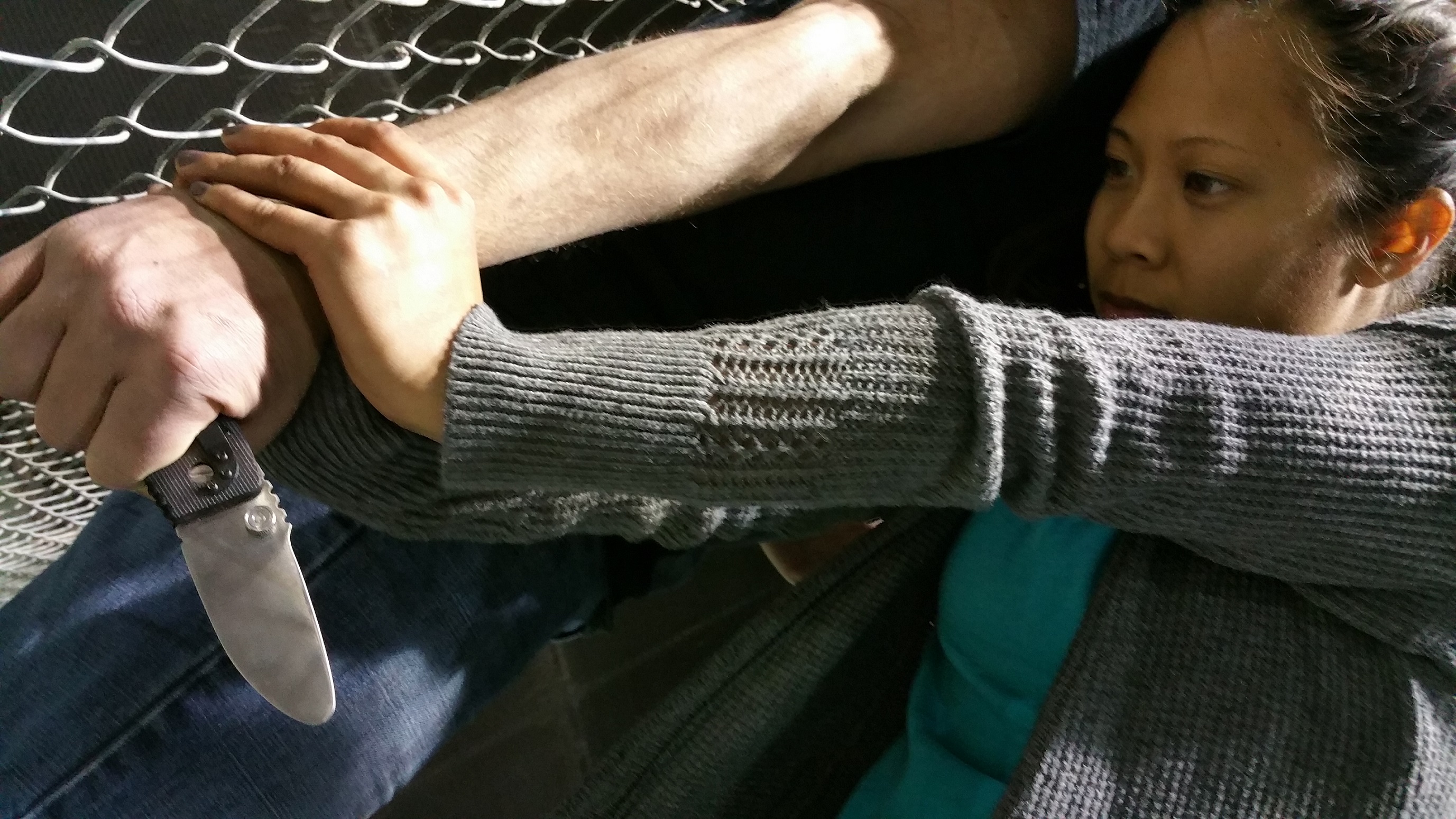
Blunted training knives that replicate your EDC knife provide better returns on your lethal force training simulations. Photo: author
Gear Upgrades
The most important upgrade you can make is to the human weapon system. The first tools to be purchased should be selected based on their usefulness to improve the system. Training, ammo, and range and mat time are at the top of the list. The following upgrades come next.
Laser Dry-Fire Pistol Replicas
The Shot Indicating Resetting Trigger (SIRT) Pistol is an example of a laser dry-fire replica and is a tool for dry-fire corrective trigger control training. It provides an optional light that activates when the trigger begins to move. This provides visual feedback of muzzle deviation during this phase of the trigger press. A secondary light activates when the trigger is fully pressed to the rear, indicating any muzzle deviation during the follow through.
Contextual Laser Dry-Fire Drills
These provide greater returns on your invested dry-fire training. How much trigger control you need is determined by the precision demands of the target, and once muzzle deviation consistently remains within the thresholds of target limitations, contextual conditions should be immediately integrated into the practice. Examples of contextual laser dry-fire replica drills are:
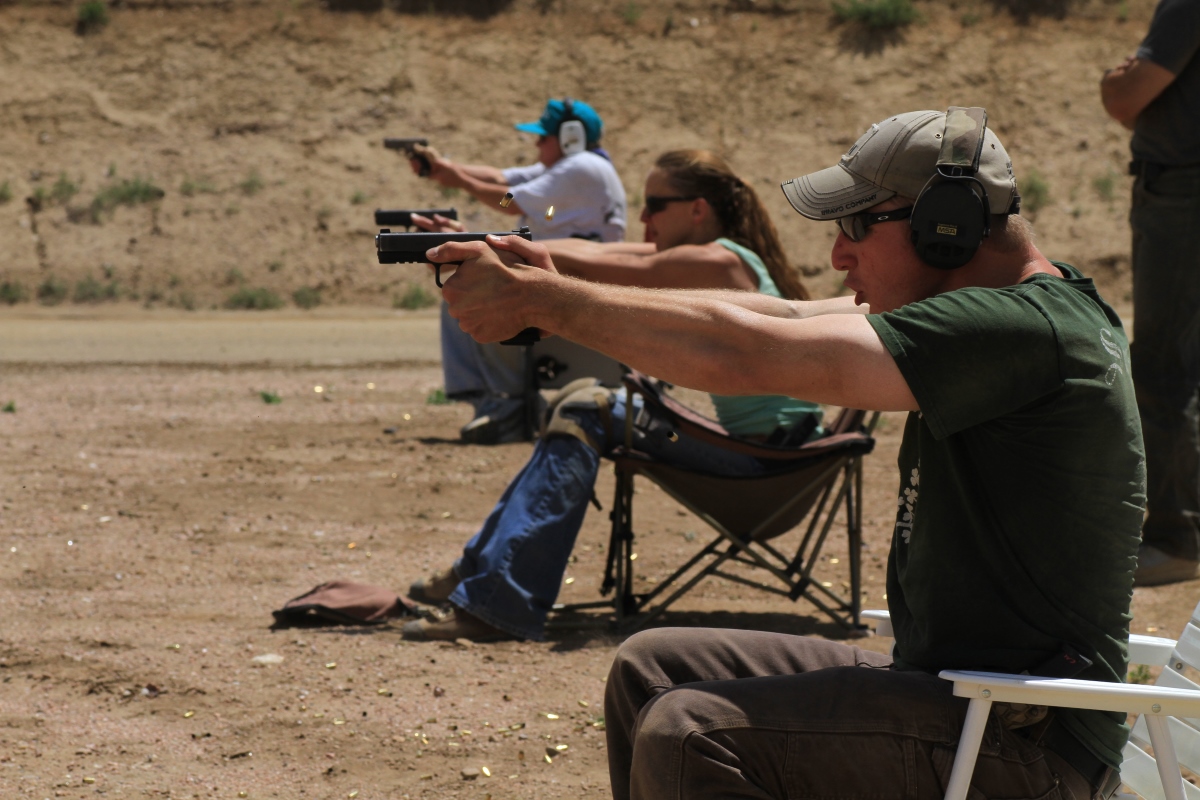

Clearing the Stimulus-Response Conundrum of Laser Dry-Fire Replica Training
Non-Diagnostic Linear Malfunction Clearing is the most efficient method of clearing malfunctions and is contingent on stimulus-response automation. Laser dry-fire replicas may not have a rackable slide, and provide a click stimulus. While it may seem that laser dry-fire training may contradict the NDLMC stimulus-response model, it should be noted that the stimulus in NDLMC is more specifically click after intended live-fire actuation. Thus, laser dry-fire training poses an insignificant risk of erroneous reflex in NDLMC automation because we are cognitively aware a laser replica dry-fire tool is not a live-fire pistol. Furthermore, NDLMC may be integrated into laser dry-fire replica practice with positive results and with insignificant risk of negatively affecting the reflexive pattern. Lastly, recoil is psychologically disruptive to trigger control. As such, laser dry-fire training should not be a measure to evaluate trigger control, but strictly a visual feedback tool to identify and correct erroneous mechanics.
Blowback Airsoft Pistol
The Blowback Airsoft Pistol is a low-cost alternative to Simunition tools and is a more accessible resource for everyday citizens to train with. While the Blowback Airsoft Pistol fails in trigger control benefits, the slide actuation provides pistol handling and manipulation benefits that tools like blue guns cannot.
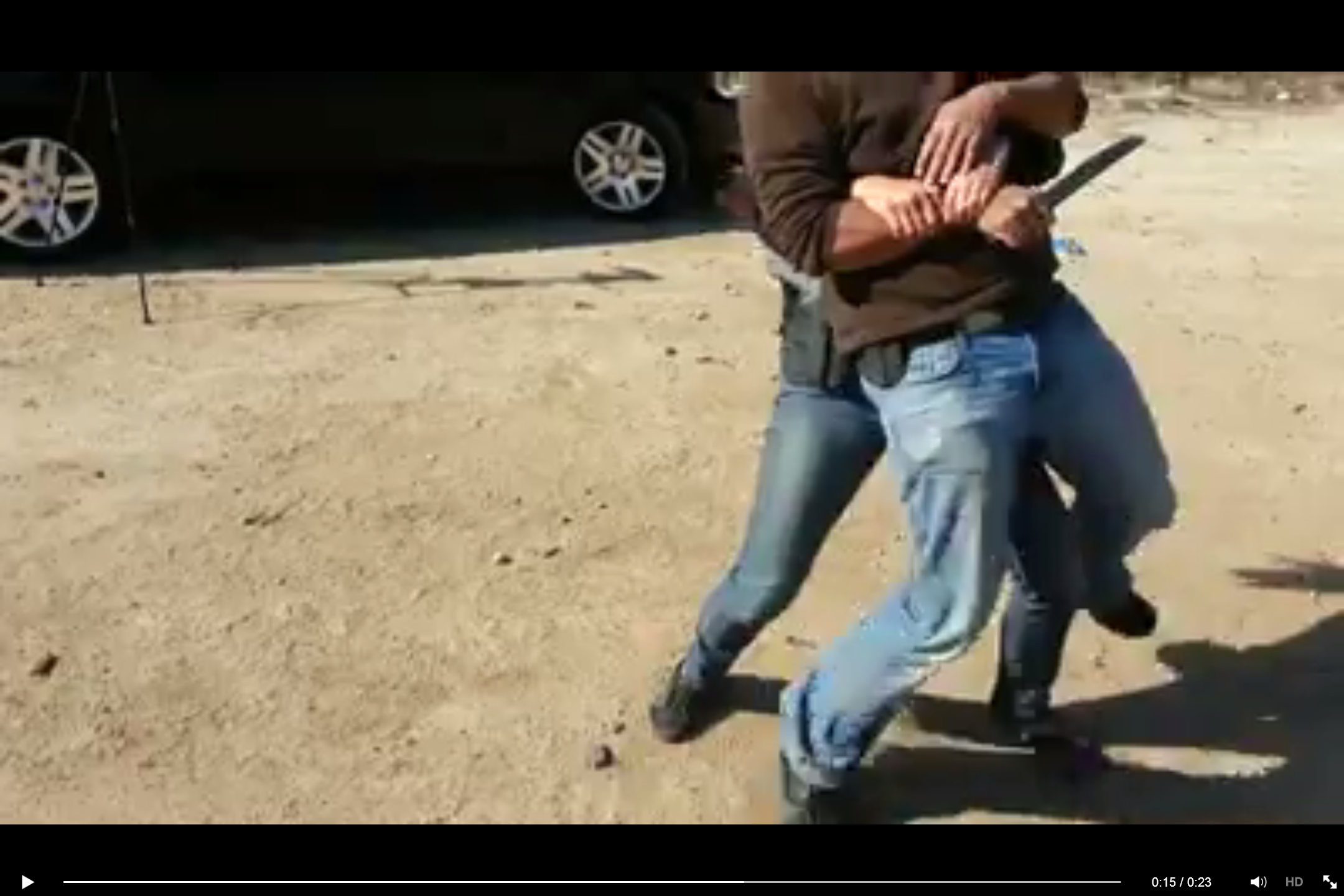


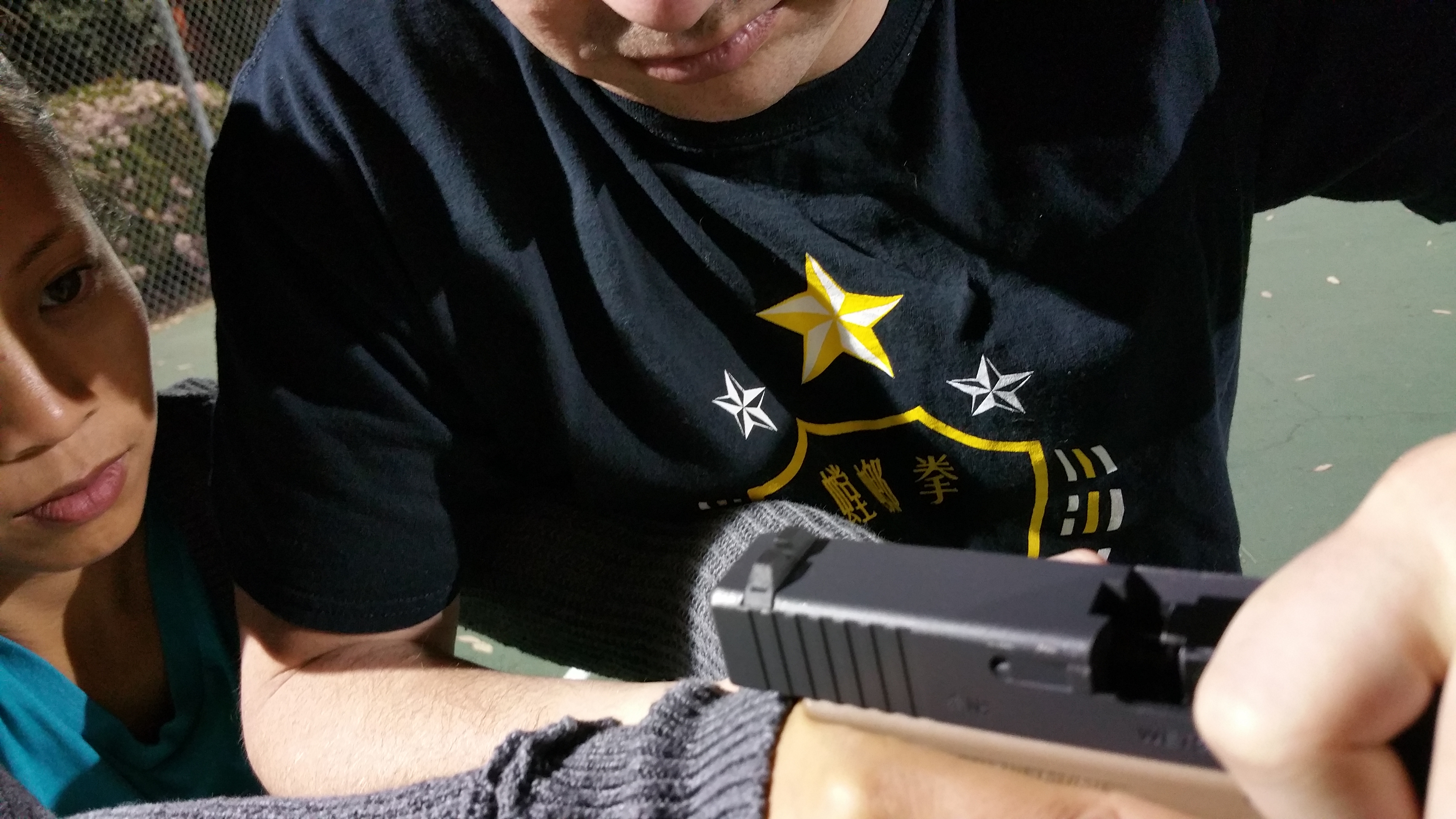
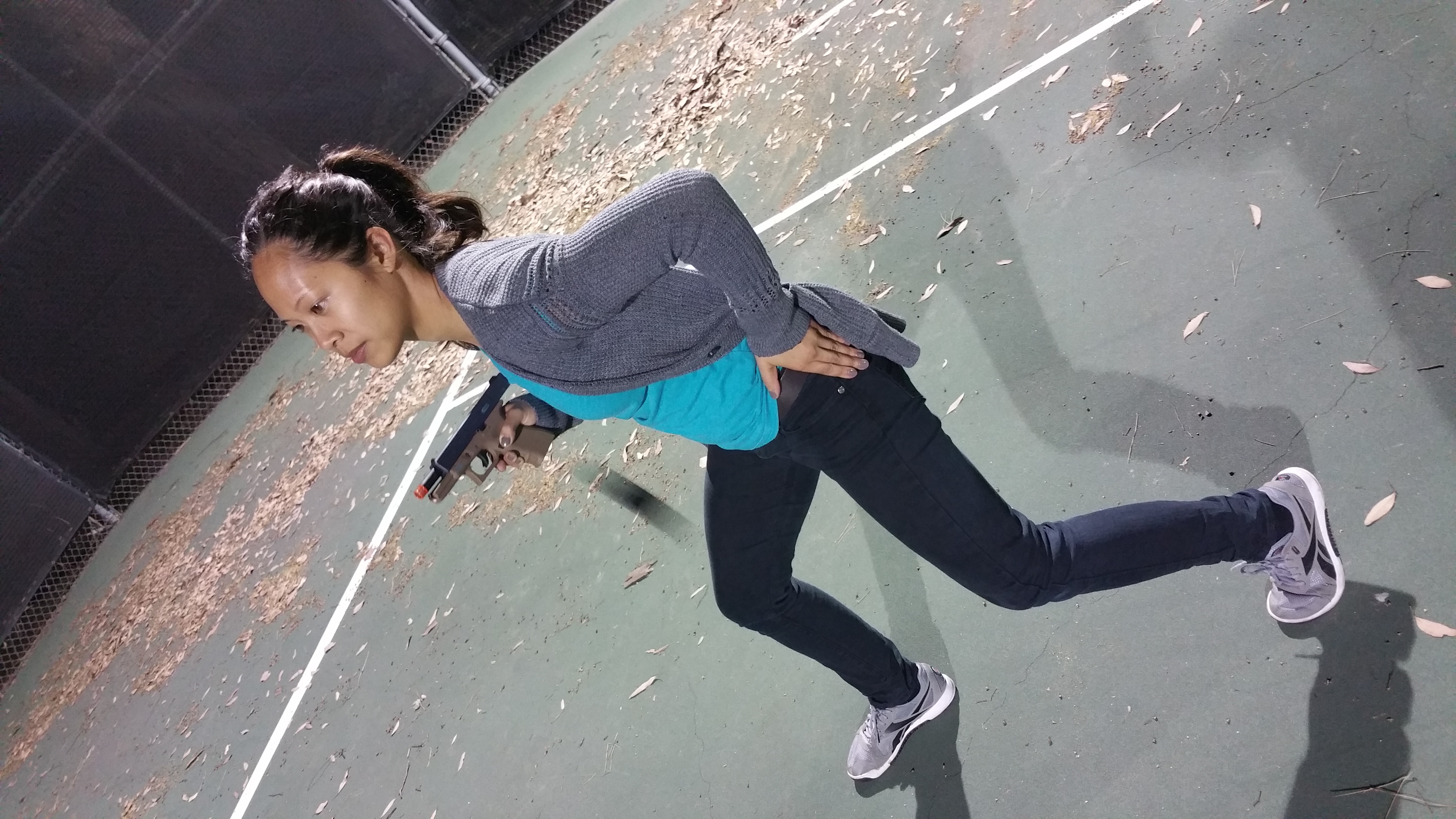
Emergency Driving Dynamics
One of the most overlooked personal defense skills is emergency driving dynamics. Getting your driver’s license teaches you how to obey road laws. It doesn’t teach you how to drive! This is the equivalent of getting your California Handgun Safety Certificate and assuming that owning and operating a gun with no training are enough to prepare you for a lethal force encounter!
It is critical to learn how to quickly evade danger and quickly arrive at a trauma center. Driving your vehicle solely on throttle mashing for top speed leads to over-driving, where the linear momentum of your vehicle over-powers the ability for directional change. Quickness is the result of managing the upper limits of traction by way of steering, brake, and throttle inputs relative to vehicular feedback.
Most (though not all) driving classes are exclusive to law enforcement or security drivers, leaving drag racing, track driving, and auto-cross as available resources to the general public. If we measure public racing paradigms for relevance to emergency driving dynamics, we can define which hobby better mirrors training.
Drag racing is irrelevant. Track driving may have some usefulness, but the higher track speeds are rarely seen on public roads. Auto-cross is the most technical course, with speed and cornering demands more closely reflecting the smaller windows of reaction time found on public roads. Auto-cross can teach you how to slalom out of a road-rage brake check, recognize how throttle and steering inputs push the limits of traction, and how to efficiently negotiate turns for optimal quickness.
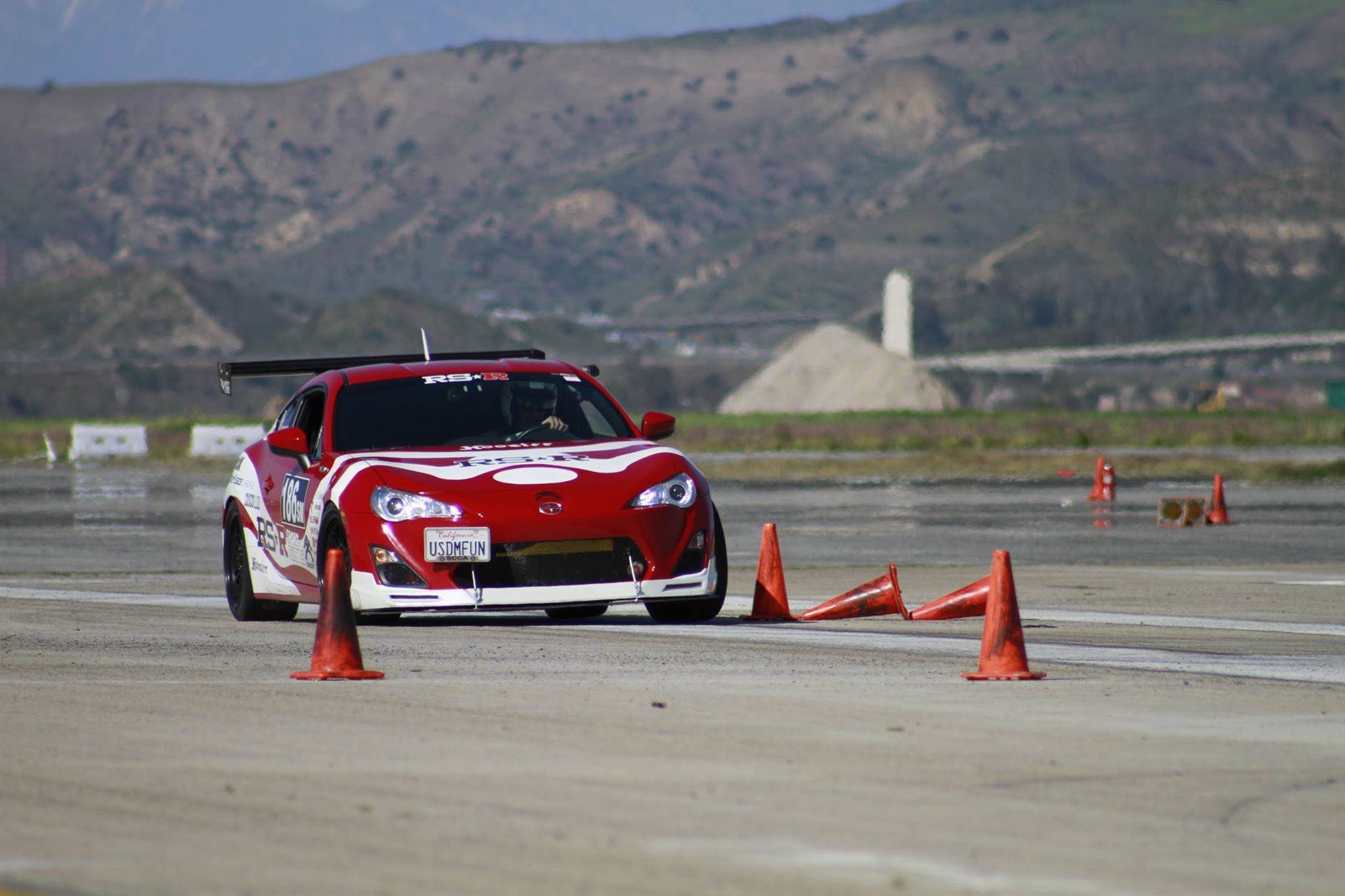
Robert Stangarone is a Sports Car Club of America Auto-Cross champion, and he super-charged his automatic-transmission Scion FR-S tuned for auto-cross and daily driven car applications. Photo: author
Some auto-crossers are passionate about tuning but new to driving. Before upgrading the car, it is critical to upgrade the driver. Leaving the suspension soft enough to induce recognizable yaw and weight transfer is critical for the driving student to develop a sense of when to brake, steer, and throttle. Stiffening the car’s suspension will provide much less feedback, which may be recognizable by seasoned drivers but is rarely discernible to new drivers.
In choosing a training method for lethal force encounters, we need to understand critical incident dynamics as a whole, including stress physiology, circumstantial variability, psycho-motor skill development, and more. Simply buying big guns and going to the range are the equivalent of buying a muscle car and racing the quarter mile. It might perform well in isolation, but it won’t help you be a better driver, and the car would be nearly useless in any other context.
The topics discussed here and in Part 1 are just a few examples of what should be taken into consideration when distinguishing a hobby from training. Before rushing out and purchasing upgrades, upgrade the end-user. Distinguish which hobbies you enjoy, and which enjoyable hobbies mirror training. Choose your training method with respect to context, and tune the human weapon system for usable power.
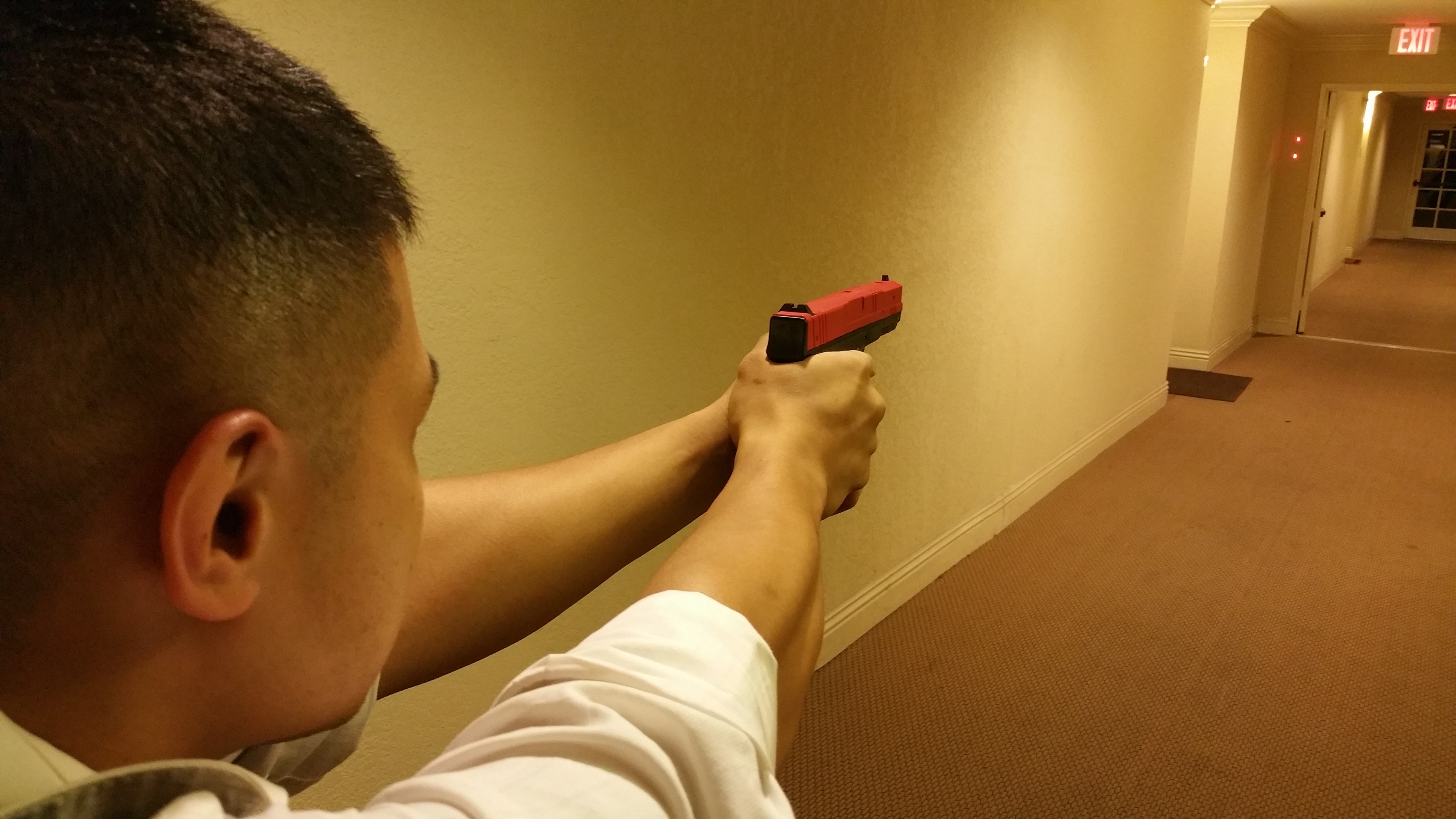
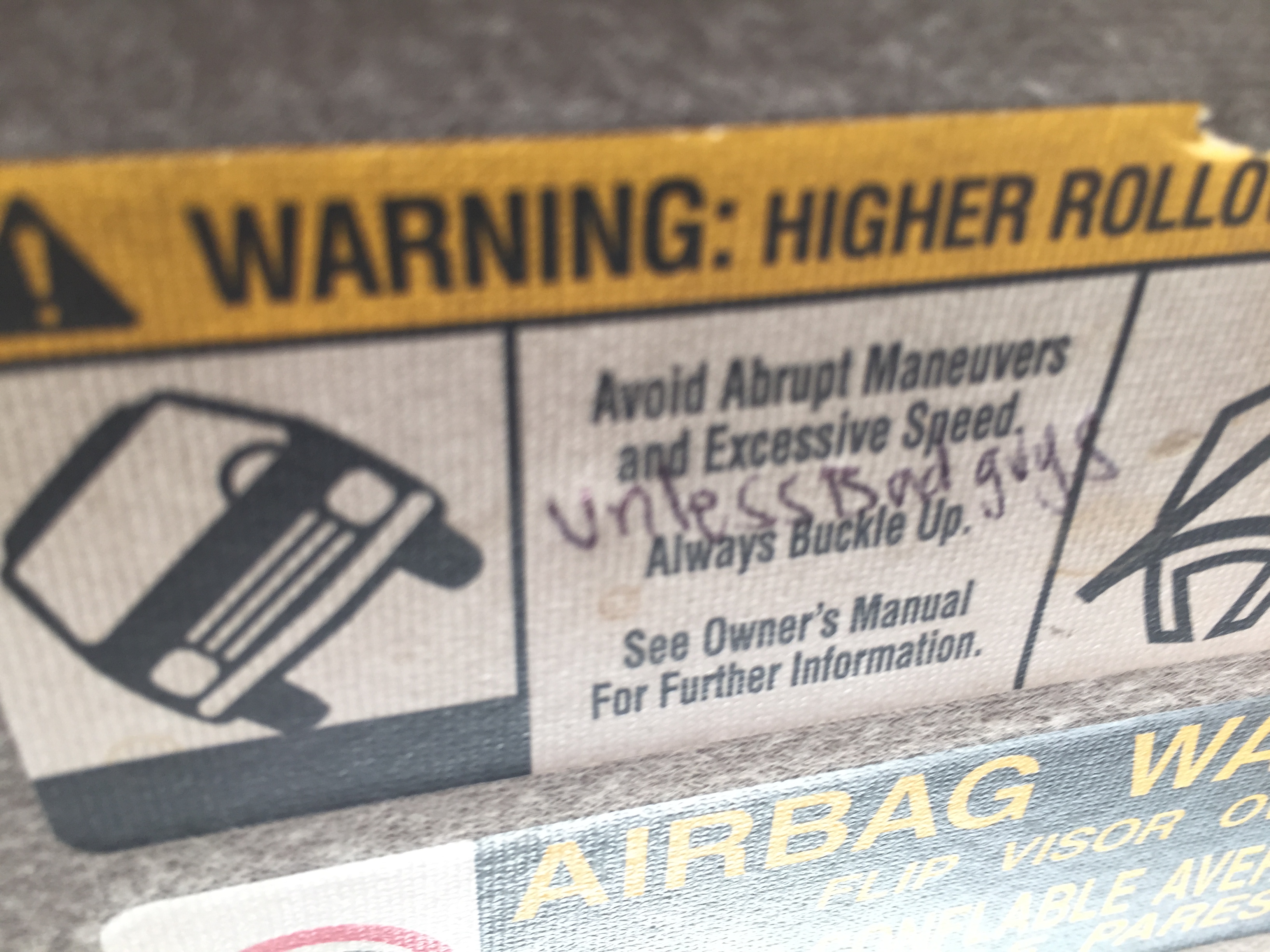
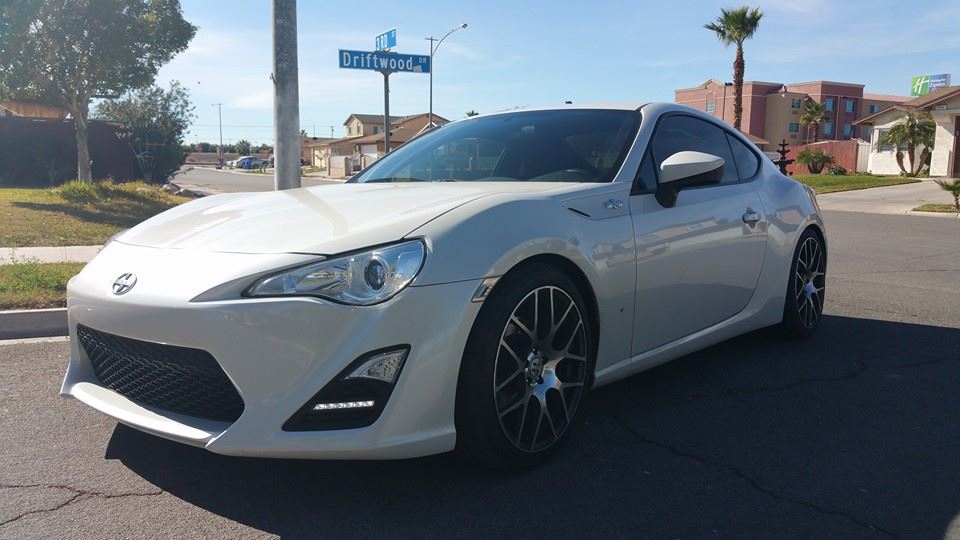
Would like you to add a PRINTABLE button, it makes sense to be able to print and save the articles.
Yes, competitive auto-cross is great way to learn car handling for defensive driving as the skills cross over nicely. Benchrest shooting is irrelevant. Conventional shooting (bullseye) has some usefulness, but the higher precision is rarely seen real world. Practical shooting is the most technical course, with speed and cornering demands more closely reflecting the smaller windows of reaction time found on the street. Practical shooting can teach you how to move efficiently, recognize how target/sight focus and trigger inputs push the balance of speed and precision, and how to efficiently negotiate for optimal quickness.
How does the dry fire laser translate to your own individual weapon? The H&K VP9 has a longer trigger pull than the Glock 17/19/26. what type of weapons are availalble?